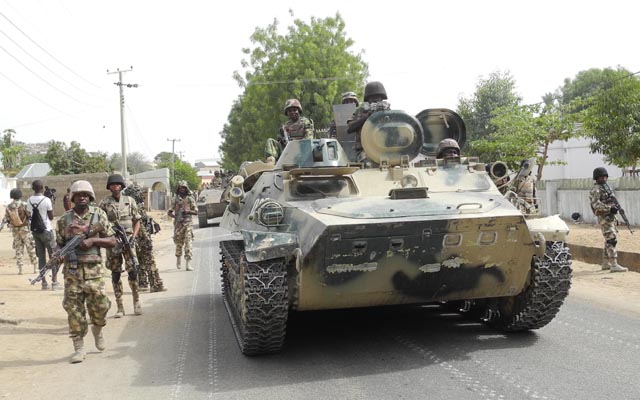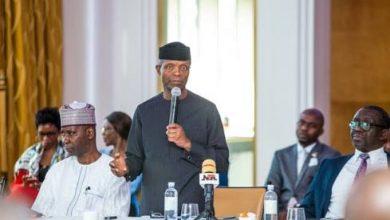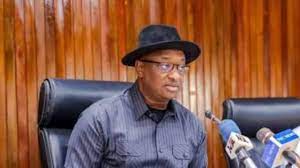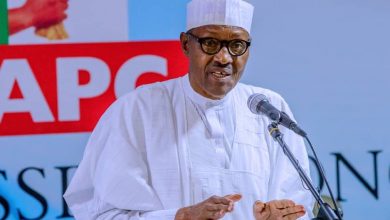
“National security is a serious matter and I do not think it is proper to discuss such details in a public forum.”—Indian PM Narendra Modi
Asymmetric warfare against terrorism is one of the most difficult, challenging and complex wars of modern times. Fighting unconventional enemies conventionally is not a piece of cake. It’s not the kind of war that can be completed within the shortest duration of time. One needs to understand the enemy, its strategy and tactics. Besides, unconventional enemies have no rules of engagement. Unlike professional armies, they don’t care about putting innocent non-combatants in harm’s way.
For example, terrorists don’t care about using innocent civilians as human shields. This frustrates the ability of a conventional army to confront them directly in order to avoid risking the lives of innocent non-combatants. Therefore, a conventional army is very careful that, while it’s fighting the terrorists, it pays attention to the rules of engagement to protect non-combatants.
Since 2010, terrorists in Nigeria have been targeting non-combatants or soft targets. A conventional army will not open fire on a school building crowded with children in order to flush out the terrorists holding up inside the building. These are some of the complex challenges of asymmetric warfare. Against this background, it’s not easy for critics to understand the complexity of asymmetric warfare, let alone appreciate the major successes recorded in significantly downgrading the military capabilities of the Boko Haram terrorists.
In the aftermath of the celebrated annihilation of Boko Haram and its splinter group–the Islamic State West Africa Province– ISWAP, by forces of the Multinational Joint Task Force MNJTF, a lot has happened. The military coalition was set up in 2015 by four countries bordering the Lake Chad: Nigeria, Niger, Cameroon and Benin Republic. The Area of Operation AOR, sector two, a Chadian territory, hitherto a safe haven for the terrorists, experienced sustained fire power from the Chadian forces after 98 Chadian soldiers were killed in a devastating attack on a military base in Boma by BHT/ISWAP elements. Torrent of videos of Chadian soldiers and photo ops of long-serving General and Chadian President Idris Derby, donned in a military camouflage, was shared on social media, by Chadian troops. The videos trended for days as they launched an offensive against the BHTs/ISWAP bases in the Lake Chad region codenamed “Operation Boma’s Wrath”, in coordination with the governments of Nigeria and Niger, under the auspices of the MNJTF.
MNJTF Background
The military task force’s origin can be traced to 1994, when it was solely a Nigerian force during the regime of the late Head of State, General Sani Abacha, with a mandate to “thwart banditry activities and to facilitate free movement”. Four years on, Chad and Niger joined to checkmate cross-border security challenges in the Lake Chad region, headquartered in Baga. By 2012, the MNJTF added counter-terrorism operation to its Concept of Operations and it was agreed by member States that a Nigerian officer, would command the Force, deputized by a Cameroonian and Chadian as Chief of Staff until the degradation operation is successful.
Ironically, then Major-General Tukur Y. Buratai was appointed Commander of the overhauled MNJTF in 2015, later appointed Chief of Army Staff COAS. By a curious twist of fate, he’s overseeing the onslaught with sister agencies.
Correspondingly, the Chad onslaught gained a huge traction in Nigeria, where neophytes masquerading as security analysts commented on the operations, dragging personnel, the leadership of the Nigerian Armed Forces and her Commander-in-Chief into the mud. Escalation of these fake news triggered a swift clarification from the Chadian embassy in Abuja. The Embassy reacted thus: “… Misleading videos and images dating back to 2015, with dubious origins have been circulated on the web and in some online or print media… the Embassy commends the spirit of mutual understanding, regular consultations and active solidarity, never reached in the past”.
It is important that those versed in the multidimensional and complex nature of asymmetrical warfare should lend their voices, as a matter of national enlightenment, to highlight the differences between a successful military operation from public relations stunts. Expounding facts viz a viz its trajectory and ensuring that unsuspecting members of the public aren’t misinformed on such critical matters of national cohesion is of utmost importance. With this in mind, one understands how insecurity keeps springing up in the Lake Chad region, although contained by the patriots who make the bulwark of the Nigeria Security Services. The nexus between the inflow of dangerous weapons into the hands of non-state actors needs to be critically evaluated. The Lake Chad region, once the economic base of trade between north and sub-Saharan Africa, was almost turned into a haven for terrorsim, trans-border crimes, etc.
On assumption of duty, President Buhari embarked on a tour of member countries who belong to the MNJTF. The strategic intercession reasserted the relationship with these countries, allowing for a coordinated regional strategy. President Buhari has been an advocate calling global attention to the import of recharging the 2,400km lake which requires $50 billion to restore the livelihood of the over 20 million people, besieged by hunger and are in dire need of humanitarian assistance. Nigeria, with the support of the multilateral financial institutions (African Development Bank, Islamic Development Bank and World Bank), announced $467 million in concessional loans. A high-level conference in Berlin had 17 UN Member States, the European Commission, put together (UN Central Emergency Response Fund and UN Peacebuilding Fund), a comprehensive response to the Lake Chad crisis, announced $2.17 billion in grants. All of these show commitment to addressing the long term needs and build resilience for the millions affected.
To begin with, intelligence gleaned from the security agencies pointed to the fall of Ghadafi in 2011 that led to deadly conflicts and mayhem across the Sahel region. Highlighting these facts, UN scribe, Antonio Guterres noted: “Libya has been a centre, a cancer for arms export and fighters export … and the most worrying impact is of course with the Sahel and Lake Chad. And more and more of these things are interlinked”. The flow of these weapons was compounded by major conflicts in West and North African countries, notably Liberia, Sierra Leone, Cote D’Ivoire and now Libya and Mali. The Sahel region is as large as Europe. To beef it up, currently there are approximately 5000 French troops deployed to this region alongside the Joint Force and the Sahel Allaince G-5 countries of Burkina Faso, Chad, Mali, Mauritania and Niger – with the sole aim of degrading the threat of terrorism. It must be noted that vast areas around the country, especially in the northeast which formed part of the terrorists’ caliphate were liberated from their firm grip. Eighteen local government areas once annexed by the terrorists are now populated by their original habitants, freedom of tens of thousands of Nigerians regained.
A report prepared by the Office of the National Security Adviser (ONSA) reviewing the security situation in the country, established that proliferation of small arms and light weapons is a global phenomenon, arising from conflicts across the globe. Of the 857 million weapons in circulation,10 million small arms and light weapons are estimated to be in Africa, of which one million are in Nigeria. The Franco-British-led Western intervention in Libya, the turmoil that followed the insurrection against Col. Muammar Gaddafi allowed for the easy flow of significant quantities of fighters and weapons from Libya into the Sahel and over 70% of these weapons found themselves in Nigeria.
By the same token, the Nigerian government has been retooling the Nigerian Armed Forces and Security establishment in an unprecedented manner, with fearsome artillery, delivery of military hardwares on a gargantuan scale, towards ensuring that the Nigerian contingent’s armories be weaponized maximally. Consistent situation briefings from the Coordinator – Defence Media Operations, Major General John Eneche show how the Air Task Force, ATF sustained firepower complemented the ground troops blitzkrieg against the enemies of state, decimating their strongholds. The ATF component of the operation has debased over 33 locations, neutralized 1,015 terrorists including over 26 top commanders, with 84 collaborators arrested.
The sustained fire power invariably has led the Nigerian forces dominating the theatre of operations leading to terrorists’ commanders surrendering, one of such is the twenty-five year old, field commander who marshaled the twin operation, one south of Diffa, Niger Republic twenty-five terrorists were killed, the other in Baga where 50 BHT fighters met their waterloo.
As the Nigerian military orchestrates its counterinsurgency operations, support and cooperation from all Nigerians would be pivotal in consolidating the victories recorded.
About the author: Akanji is a foreign policy analyst and writes from Abuja





